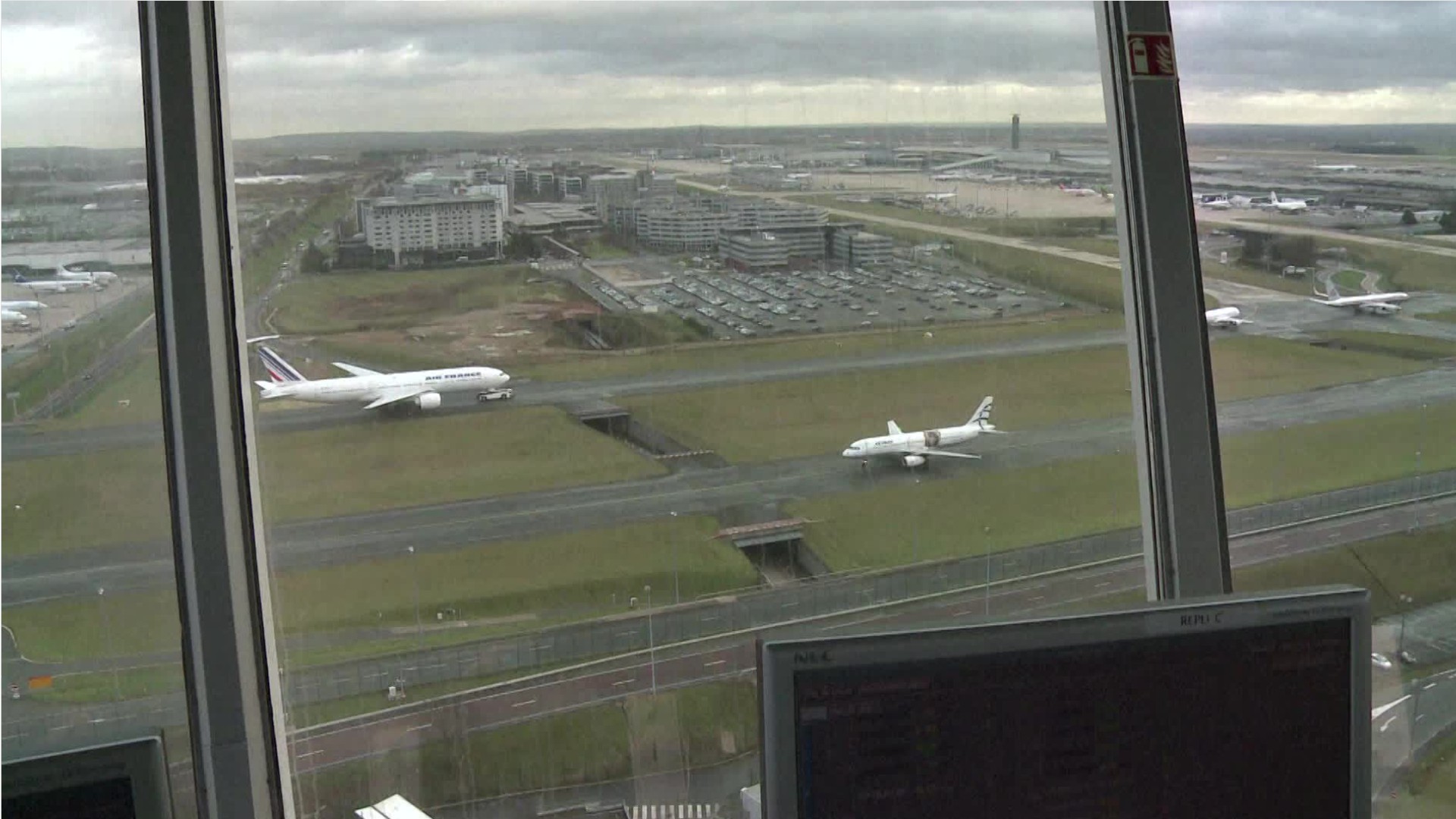Air Traffic Controllers
Air Traffic Control Specialist (ATCS), Air Traffic Controller (ATC), Certified Professional Controller (CPC), Enroute Air Traffic Controller (Enroute ATC)
 Select a military branch to see samples.
Select a military branch to see samples.
Air Battle Manager; Air Battle Manager, Mobile Air Control; Air Traffic Control Superintendent; Airfield Operations; Airfield Operations, Special Operations; All-Domain Command and Control Operations Manager; Battle Management Operations Journeyman, Weapons Director; Combat Control Superintendent; Heavy Aircraft Integrated Avionics Journeyman; Special Warfare, Special Tactics Officer
Air Defense Artillery Officer; Air Traffic and Air Space Management Technician; Air Traffic Control (ATC) Operator; Aviation Operations Specialist; Command and Control Systems Integrator; Intelligence Analyst; Joint Fire Support Specialist
No similar titles were found.
Air Command and Control Officer; Air Support Control Officer; Air Traffic Controller; Air Traffic Controller-Tower; Aviation Operations Specialist; Forward Air Controller (Airborne) Instructor (FAC(A)I) Qualification; Joint Terminal Attack Controller Evaluator; Naval Flight Officer (NFO), FRS Basic F/A-18D Weapons Systems Officer (WSO); Small Unmanned Aircraft System Specialist; V/STOL Training Landing Signal Officer
Advanced Radar Traffic Controller; Air Traffic Control Officer; AOC Airspace Control Team Member; AOC Personnel Recovery Coordination Team Chief; Carrier Air Traffic Control Center (CATCC) Operator; Conversion NEC AC Air Traffic Controller Basic; Joint Terminal Attack Controller (JTAC); Naval Tactical Data System--Combat Information Center Watch Officer, Carrier Controlled Approach Controller; Operations Officer, Aviation Shore Activity; Rated Tactical Air Traffic Control Center (TACC) Controller
Air Traffic Control; Air Traffic Control Apprentice; Air Traffic Control Craftsman; Air Traffic Control Helper; Air Traffic Control Journeyman; Air Traffic Control Manager; Air Traffic Control Superintendent
What they do:
Control air traffic on and within vicinity of airport, and movement of air traffic between altitude sectors and control centers, according to established procedures and policies. Authorize, regulate, and control commercial airline flights according to government or company regulations to expedite and ensure flight safety.
On the job, you would:
- Inform pilots about nearby planes or potentially hazardous conditions, such as weather, speed and direction of wind, or visibility problems.
- Issue landing and take-off authorizations or instructions.
- Transfer control of departing flights to traffic control centers and accept control of arriving flights.
Knowledge
Transportation
- movement of people or goods by air, rail, sea, or road
Arts and Humanities
- English language
Education and Training
- teaching and course design
Safety and Government
- public safety and security
Skills
Basic Skills
- listening to others, not interrupting, and asking good questions
- talking to others
Problem Solving
- noticing a problem and figuring out the best way to solve it
People and Technology Systems
- thinking about the pros and cons of different options and picking the best one
- figuring out how a system should work and how changes in the future will affect it
Abilities
Attention
- pay attention to something without being distracted
- do two or more things at the same time
Visual Understanding
- quickly know what you are looking at
- see hidden patterns
Verbal
- communicate by speaking
- listen and understand what people say
Ideas and Logic
- notice when problems happen
Personality
People interested in this work like activities that include data, detail, and regular routines.
They do well at jobs that need:
- Self-Confidence
- Perseverance
- Adaptability
- Stress Tolerance
- Self-Control
- Achievement Orientation
Technology
You might use software like this on the job:
Spreadsheet software
- Microsoft Excel
Presentation software
- Microsoft PowerPoint
Flight control software
- Direct-to-tool software
- Traffic management advisor TMA software
Education
Education: (rated 3 of 5)
high school diploma/GED or
certificate after high school
usually needed
certificate after high school
usually needed
Job Outlook
Below Average
New job opportunities are less likely in the future.
Explore More
- Aircraft Cargo Handling Supervisors
- Airfield Operations Specialists
- Airline Pilots, Copilots, & Flight Engineers
- Commercial Pilots
- Railroad Conductors & Yardmasters
You might like a career in one of these industries:
See more details at O*NET OnLine about Air Traffic Controllers.






